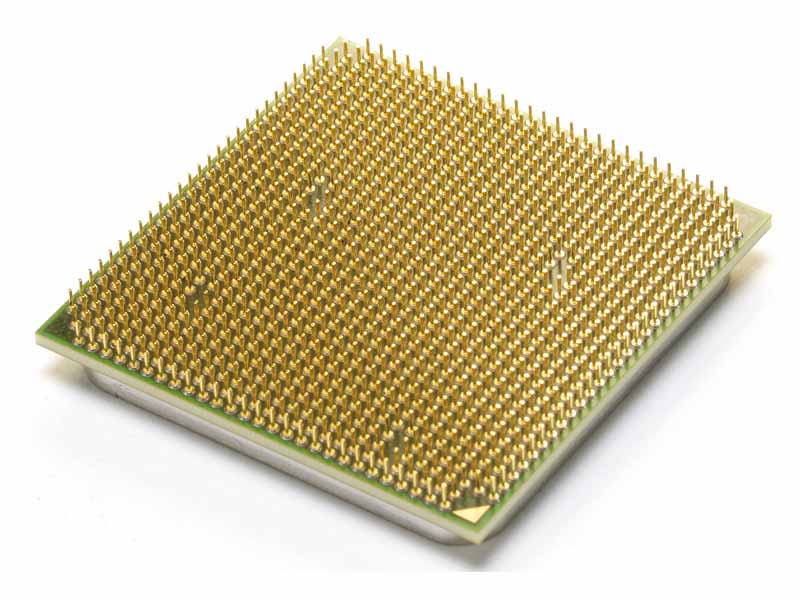Is 45nm silicon enough to save AMD?
New silicon but still the same old CPU

AMD has finally made the move to 45nm silicon. Arch rival Intel, of course, managed the same feat around a year ago. Nevertheless, 45nm transistors make for a much improved PC processor in the form of the new Phenom II.
But is 45nm technology enough to make AMD's CPU business genuinely competitive once again? In the short to medium term, it will jolly well have to be. The new Phenom II processor is not a new architecture. Nearly all of its advantages over the buggy, inefficient first-gen Phenom chip are derived from the shrink from 65nm to 45nm silicon.
In fact, AMD does not plan to release a properly new architecture until at least 2011. In an industry that prides itself on relentless technological progress, that's aeons away. Put another way, despite the arrival of Phenom II, Intel retains a significant performance lead with the Core i7 processor. We dread to imagine what beautiful weapons of destruction Intel will be pumping out of its CPU factories by 2011.
If that makes for a gloomy prognosis, it's worth remembering that there was never anything wrong with the basic architecture of AMD's CPUs. Funnily enough, for proof you need only observe that the design of Intel's new Core i7 processor mimics the approach AMD has been taking to CPU architecture since 2003.
Features like the Core i7's on-die memory controller and Quick path Interconnect are essentially carbon copies of technologies that AMD has been offering in its CPUs for several years. The real problem for AMD has therefore not been the architecture of its CPU but the very silicon from which they were made.
From the very first dual-core Athlon model until the last Phenom chip, AMD's 65nm processors have been stinkers. Inefficient and low clocking, they bore all the hallmarks of an essentially broken silicon production node. So, it was more important for AMD to fix its production problems than release a new architecture. And that's exactly what it has done.
In that context, AMD's recent decision to spin off its chip production facilities into a separate company looks rather ironic. It is effectively wresting control of the most important factor for its continued success. Only time will tell whether that proves to be a winning strategy.
Get daily insight, inspiration and deals in your inbox
Sign up for breaking news, reviews, opinion, top tech deals, and more.
Chip production and CPU architectures aside, there is one other factor that could dramatically influence AMD's fortunes in the next few years. Currently, there's a lot of hype surrounding GPGPU - the idea of using the immense parallel processing capabilities of graphics for general purpose computing.
If GPGPU really takes off, well, believe us when we say it will cause an almighty ruckus. Crucially, the balance of power inside the PC - and with it the dollars and pounds of consumers - will shift from the CPU to the GPU.
It's clear that Intel recognises this is a genuine risk. That's why it has its own high end GPU slated for launch later this year or early in 2010.
But it's equally clear that AMD currently has an extremely healthy family of GPUs. Arguably, the Radeon HD 4000 series are the best graphics chips you can buy. A more important role for graphics can therefore only be a good thing for AMD. If that happens, AMD's CPU-related woes will become a distant memory.
Technology and cars. Increasingly the twain shall meet. Which is handy, because Jeremy (Twitter) is addicted to both. Long-time tech journalist, former editor of iCar magazine and incumbent car guru for T3 magazine, Jeremy reckons in-car technology is about to go thermonuclear. No, not exploding cars. That would be silly. And dangerous. But rather an explosive period of unprecedented innovation. Enjoy the ride.